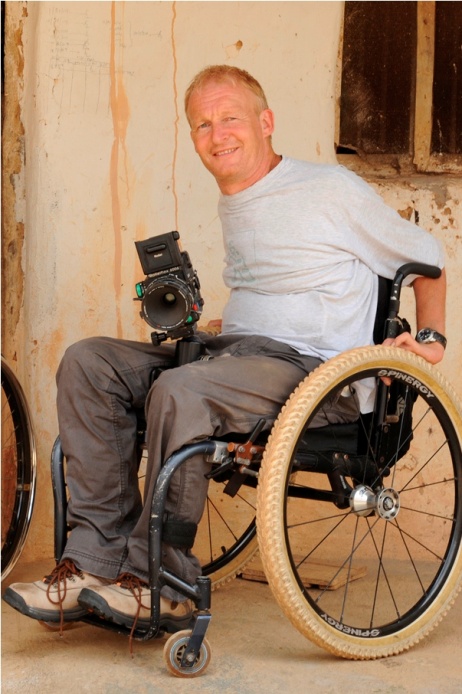Shaping the future: Our strategy for research and innovation in humanitarian response.

Shaping the future: Our strategy for research and innovation in humanitarian response.

In February, David Constantine, Motivation’s co-founder and Executive Officer had the opportunity to attend the ISPO World Congress in Bangalore, India and make a presentation about our Emergency Response Wheelchair project. ISPO is the International Society for Prosthetics and Orthotics and it’s an organisation that Motivation has been closely involved with for a number of years.

I asked David to tell us a bit about the conference and presenting the emergency wheelchair there.
What do we gain from making presentations at conferences?
Conferences give us the opportunity to reach different audiences and talk about our work in some depth. In a newsletter or interview we might not be able to get into the same level of professional detail, and get specific technical points across. Depending on the conference it can be a useful forum to be able to do that.
Why is ISPO in particular important?
ISPO is the network that really informs our sector. It is one of the few organisations involved in prosthetics and orthotics that is truly global and also focuses on the developing world. In theory, a wheelchair is an orthosis, so as an organisation we continuously try to push the issue of wheelchair provision within ISPO.
The ISPO congress is a really large forum – this year there were 1800 delegates from 85 countries. It’s chance to be able to meet and talk to others in the field and update them on our work; some of the people attending the congress are our key funders.
You gave a presentation on the Emergency Response Wheelchair – how did that go down?
The presentation went well; it described the background to the project, the design rational, and the emergency response service model. It was good timing, as the conference was held just as we were about to put the wheelchair in production, so it felt very real.
There was interest from the audience in the timing of an emergency response and the development into a permanent wheelchair service.
WHO gave a presentation on new training available for wheelchair services, which linked well with our presentation as we discussed how an emergency response would move towards the WHO permanent wheelchair service model.
Was there much interest outside of the presentation?
Yes, although we weren’t able to take a sample wheelchair with us to the conference to display, there was still a lot of interest in the project and our work. One of our major partners approached us in the conference hall and is looking at using the ER wheelchairs as part of their emergency response work. That would be a really good outcome for the trip!

 Please upgrade your browser
Please upgrade your browser
You are seeing this because you are using a browser that is not supported. The Elrha website is built using modern technology and standards. We recommend upgrading your browser with one of the following to properly view our website:
Windows MacPlease note that this is not an exhaustive list of browsers. We also do not intend to recommend a particular manufacturer's browser over another's; only to suggest upgrading to a browser version that is compliant with current standards to give you the best and most secure browsing experience.